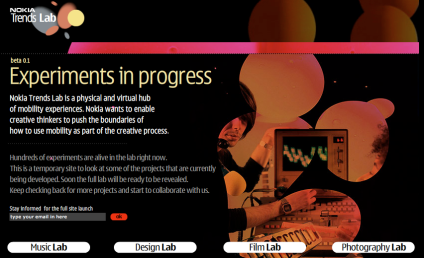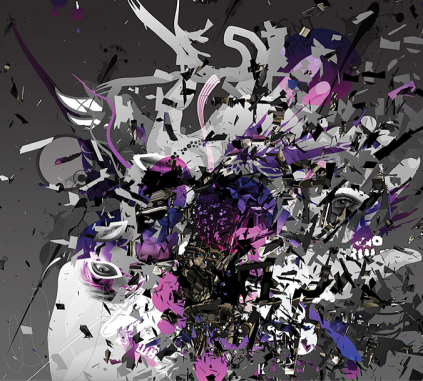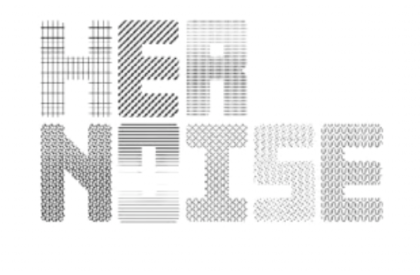( via bldgblog )
I’m still reeling from the announcement of Postopolis! – but the good news keeps on coming.
 To make a long story still rather long…
To make a long story still rather long…
Back in January, Alan Rapp, the art, design, and photography editor for Chronicle Books, attended a BLDGBLOG event hosted by the Center for Land Use Interpretation.
Alan and I met, kept in touch, had a pizza, talked about David Cronenberg; and then, last month, we organized an event together in San Francisco.
Somewhere in there the idea of a BLDGBLOG book came up – which I soon turned into a formal proposal… and now it’s official: Chronicle Books will be publishing a BLDGBLOG book in Spring 2009 – and my head is spinning!
BLDGBLOG: The Book! The BLDGBLOG Book!
I just can’t even believe how many possibilities there are with this thing. It’s a little crazy.
In a nutshell, though, it’ll be divided up into three major sections – Architectural Conjecture, Urban Speculation, and Landscape Futures – covering everything I’ve already covered here and more…
From plate tectonics and J.G. Ballard to geomagnetic harddrives and undiscovered New York bedrooms, by way of offshore oil derricks, airborne utopias, wind power, inflatable cathedrals, statue disease, science fiction and the city, pedestrianization schemes, architecture and the near-death experience, Scottish archaeology, green roofs, W.G. Sebald, flooded Londons of the climate-changed future, William Burroughs, Andrew Maynard, LOT-EK, Rupert Thomson, The Aeneid, shipbreaking yards, Die Hard, Pruned, Franz Kafka, Rem Koolhaas, tunnels and sewers and bunkers and tombs, micronations, diamond mines, Mars, Earth, lunar urbanism, fossil cities, sound mirrors, James Bond, the War on Terror, earthquakes, Angkor Wat, robot-buildings and the Taj Mahal, Archigram, the Atlas Mountains, refugee camps, Walter Murch, the Maunsell Towers… and about nine hundred thousand other topics, provided I can fit them all in.
There will be interviews, essays, quotations, photos, original artwork – and hopefully even a graphic novel, strung throughout the book. And it will be well-designed and affordable! And it will put all existing architecture books to shame. Every single one of them. Except maybe a few…
Continue reading >
Filed under: architecture, art, design, films, space/place






 To make a long story still rather long…
To make a long story still rather long… 





